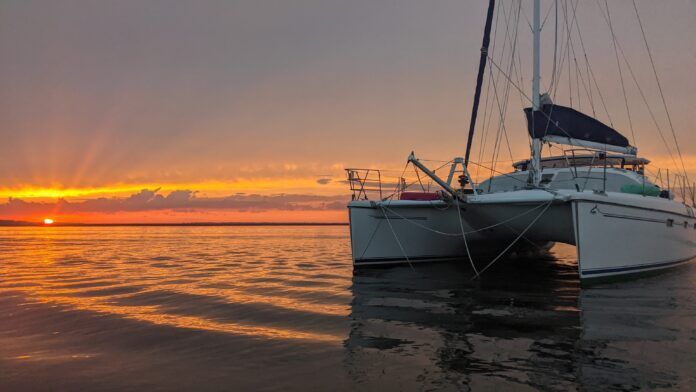
Our 2004 Privilege 435 Confianza (Connie for short) came equipped with traditional lead-acid batteries—5 100ah for the house bank and 2 starter batteries. We had a Northern Lights generator that we felt had roughly a million hours on it and was acting up. Our two stock alternators would give us some charge, but quite slowly. The problem with charging lead acid is that it takes forever to reach full charge because of the absorption phase.
To continue reading this article or issue you must be a paid subscriber. Sign in
Subscribe to Practical Sailor
Get the next year of Practical Sailor for just $34. And access all of our online content - over 4,000 articles - free of charge.
Subscribe today and save 42%. It's like getting 5 months FREE!





































Nice article.
As with other articles I have read on LIFePO4 battery systems there is a lot of enthusiasm and positive projections of the future but few dollars and cents details on what they actually cost. Whatever that is may be acceptable for a working couple full-time-live-aboard but is a questionable expense (definitely not an investment) for the rest of us.
Thanks for the comprehensive treatment of conversion from lead-acid to LiFePo!
I have a 1976 CT-54 Ketch with a 120hp Ford Lehman undergoing a total restoration, and learned much from your article. A few questions: How much did you spend on this project? A break down of all the costs would have been helpful. Your main power source is your engines, Why no Gen-Set, wouldn’t that be more efficient? West Marine pushes AGM batts pretty hard. How do they measure up by comparison to a LiFePo system? We really need to consider cost on this project. Thank you!
I found your article interesting as I am faced with having to replace my “Firefly Oasis” house bank as well. I recently crossed the Atlantic and the batteries failed (were reduced to 10% of capacity) half way across… So we have nursed them to Portugal and Spain. Apparently after newly installing them, leaving them on a foat cycle during the pandemic did them in.
I was surprised that you didn’t mention how important an internal Battery Management System (BMS) as necessary for each battery to carefully control charge limits respecting voltage and temperature in the LifPO4 batteries. Battleborn apparently has a good internal BMS. When charging with an alternator the BMS can suddenly shut down the connection and “eat” the alternator’s diodes.
Unfortunately, I’ve had considerable resistance from Insurance companies when I ask about LifPO4 installation.
Interesting article.
I wondered why you did not use a B2B charging system. You, presumably had a perfectly adequate charging ability for your engine start and original house batteries. It would have been a simple upgrade to invest in a B2B charger whereby you charge the lead acids and simply charge the lithium bank from the lead batteries. I too was surprised you did not mention the BMS – but accept that Battleborn have a good reputation. I suspect you will find that though you have invested in significant amps and a decent solar display you will find that electricity follows Parkinson’s Law – the demand for electricity always exceeds the ability to produce and store it.
Jonathan